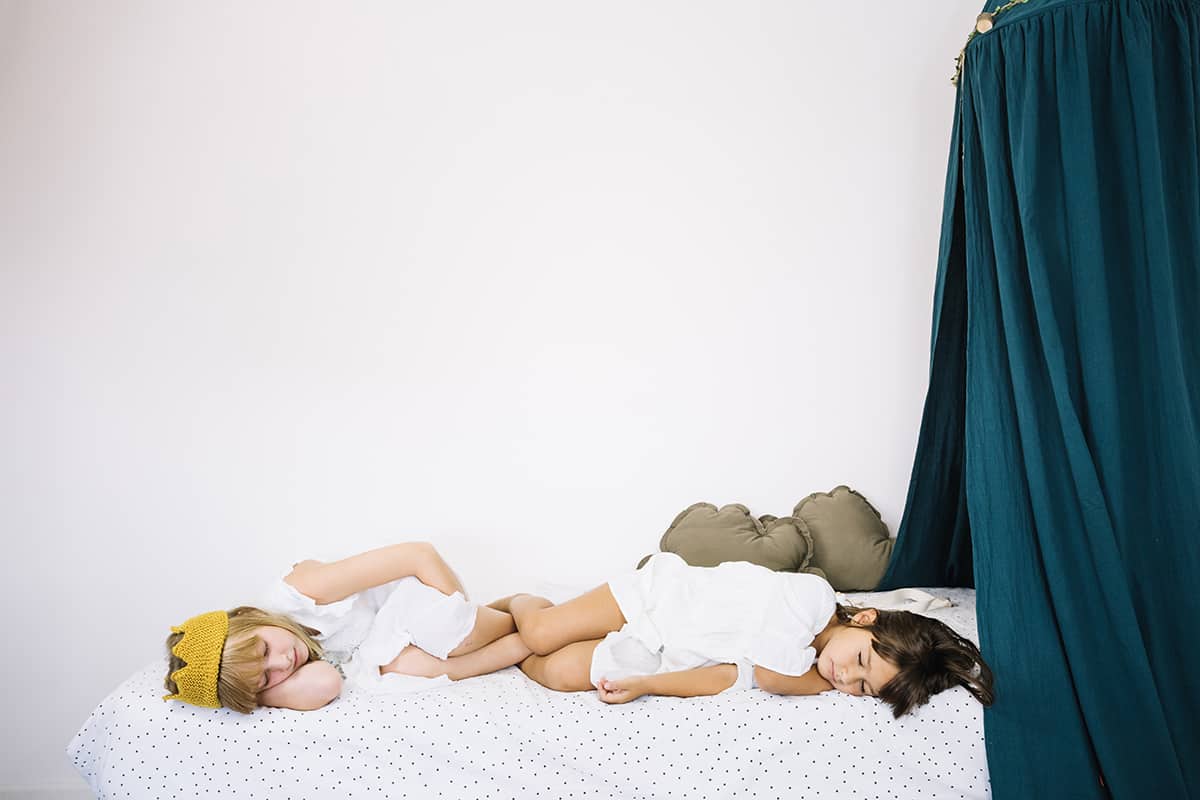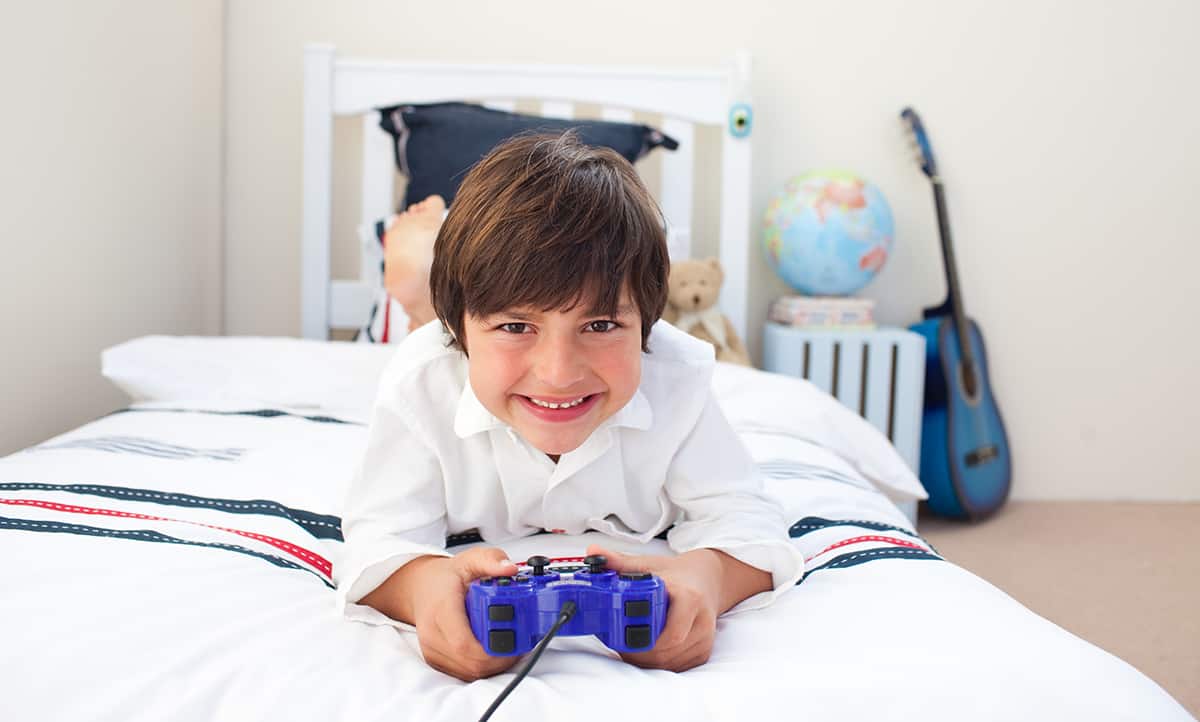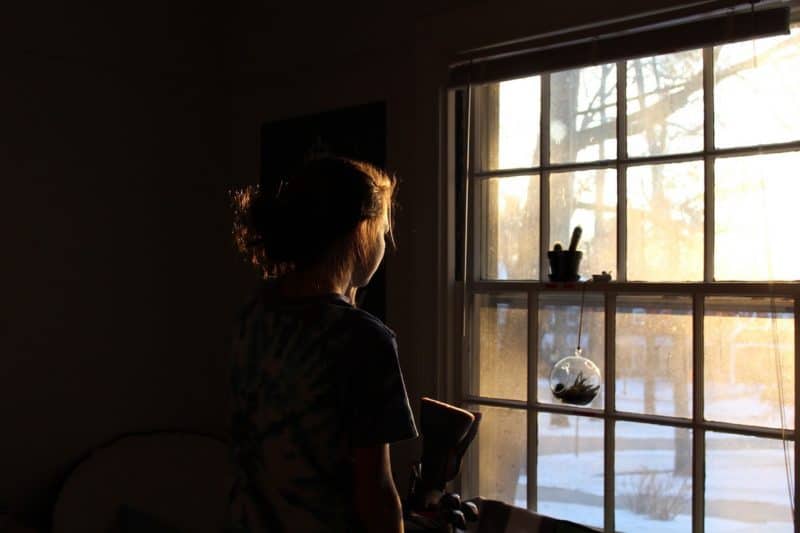Interior design tweaks to help children to sleep
[AD] This is a paid guest post.
‘Sleeping like a baby’… where did that phrase even come from? To most parents, ‘sleeping like a baby’ means rolling out of bed (with a huge thud on the floor loud enough to wake the neighbours), having nightmares, and shouting ‘BUT I’M NOT TIREEEEEEED’ 5 minutes after being tucked in for the night. Getting the kids to go to bed, and then getting them to stay in bed, are some of the biggest challenges for parents. And what’s even worse is that, at the end of a busy day, we’re usually too tired ourselves to handle the situation properly. So what can we do to make bedtimes easier on them, and on us?

Is a Bedtime Routine Enough?
Ask the experts, and they’ll say that developing a consistent bedtime routine is key to getting a better night’s sleep. Now, there is something to be said for routine, and many parents find that bath, a warm drink and a story can really help to encourage kids to wind down for the night. But routine
sometimes isn’t enough to keep them asleep in bed all night long… that’s where design comes in.
Bedroom Design Tweaks for A Great Sleep
Here are three simple, low cost design tweaks that could make all the difference:
1. Bed Positioning
Think about where bed is positioned, and if the position could be affecting sleep quality. For example, if a sibling decides to have an impromptu sleepover at 2am, or if a pet often jumps up to snuggle in, having the bed and mattress pushed up against a wall may mean your child is being climbed over and disturbed. If you do decide to move the bed, this is a good opportunity to inspect the mattress, too. If it’s looking a little bit sad, consider getting a new one. Discount codes on mattresses can help keep the
cost down.

2. Let There be Dark
We all know that blackout curtains are great for kids rooms, but many of us will overlook other sources of light in the room which can be disturbing. Whether it’s a nightlight, a digital clock, the standby button on a television, or even the light on an extension cable, these can all affect a child’s sleep. Try to position these sources of light so that they’re blocked from your child’s direct view when they’re lying in bed (you may need to crawl into the bed yourself to test this!), but are still able to perform their usual functions.

3. Keep it Separate
A great idea is to encourage kids not to think of their bedroom as a place where they play, where they have friends over, where they do their homework, where they get dressed, and where they sleep. Even just saying all that is exhausting! Instead, try to compartmentalise, and design the room so that each activity has its own section eg. the bed area is for sleeping, the area with the toy box is for playing. Even the smallest room can be segmented; use rugs, colour changes, or furniture as area boundaries.
Every parent has their own approach to bedtime, and there really is no right or wrong; it’s whatever works for you. However, if you’re regularly struggling to get the kids to sleep soundly, and if they’re often waking up tired, then making a few small changes to their bedroom design could make a huge difference.




![Planning an extension [AD]](https://plutoniumsox.com/wp-content/uploads/2020/03/20200326_173920-01-scaled.jpeg)

